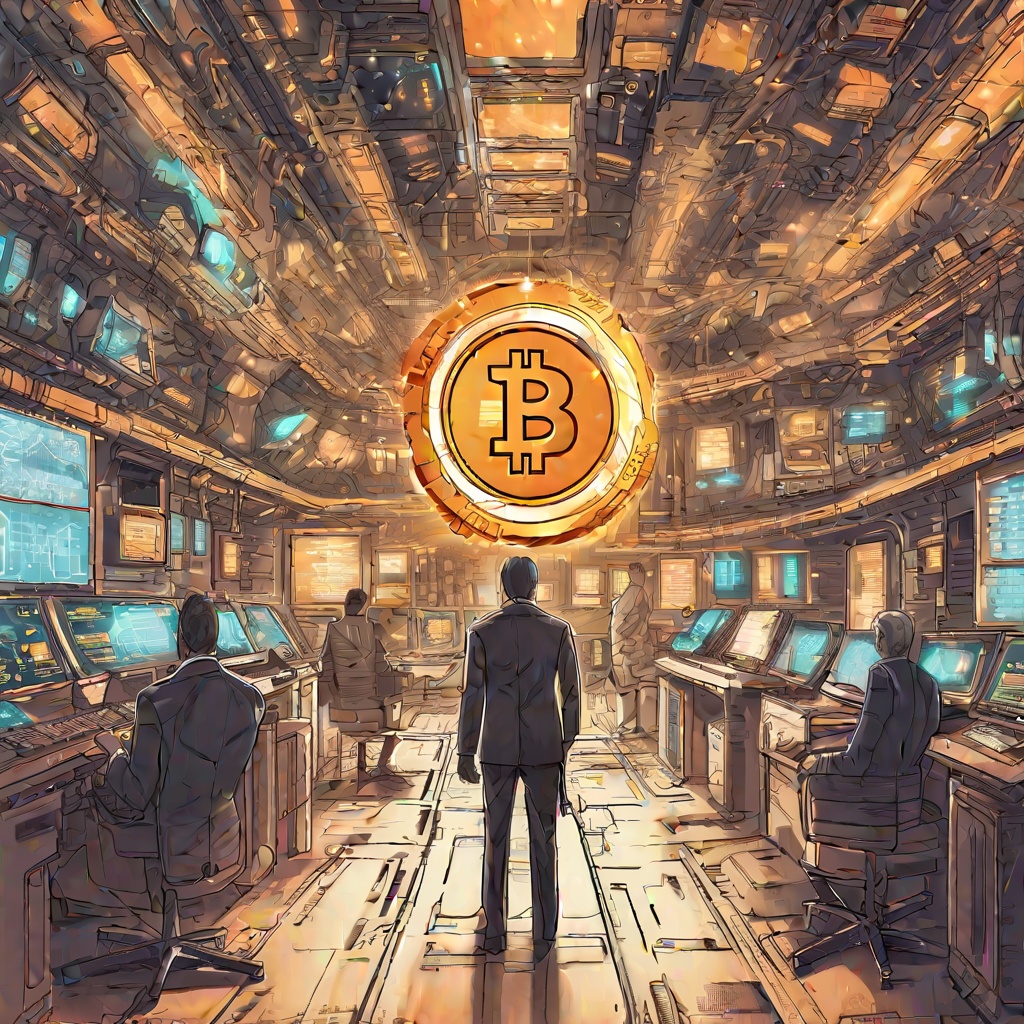Could you elaborate on the key differences between
Uniswap and AirSwap? As both platforms facilitate decentralized token swaps, I'm curious to understand how they differ in terms of their operating models, user interface, tokenomics, security features, and scalability. Uniswap, for instance, is a popular automated market maker, while AirSwap seems to focus more on peer-to-peer trading. Could you highlight the specific advantages and disadvantages of each, and explain why one might be preferred over the other in different scenarios? Your insights would be greatly appreciated.

5 answers
 Filippo
Thu Jul 04 2024
Filippo
Thu Jul 04 2024
Uniswap operates as a "peer-to-contract" automated market maker (AMM), which functions entirely on the blockchain. This allows for decentralized and automated trading without the need for a central intermediary.
 DigitalDuke
Thu Jul 04 2024
DigitalDuke
Thu Jul 04 2024
On the other hand, AirSwap adopts a peer-to-peer model, integrating off-chain negotiation and on-chain settlement through atomic swaps. This approach enables traders to negotiate terms privately before executing the transaction on the blockchain.
 Chiara
Thu Jul 04 2024
Chiara
Thu Jul 04 2024
The peer-to-contract nature of Uniswap ensures transparency and efficiency, as transactions are executed automatically based on the liquidity provided by liquidity providers.
 Arianna
Thu Jul 04 2024
Arianna
Thu Jul 04 2024
The distinction between AirSwap and Uniswap lies in their underlying mechanisms and operations.
 Stefano
Thu Jul 04 2024
Stefano
Thu Jul 04 2024
AirSwap's peer-to-peer model, on the other hand, provides more flexibility and privacy. Traders can negotiate terms directly with each other, and the final settlement is executed securely through atomic swaps on the blockchain.

